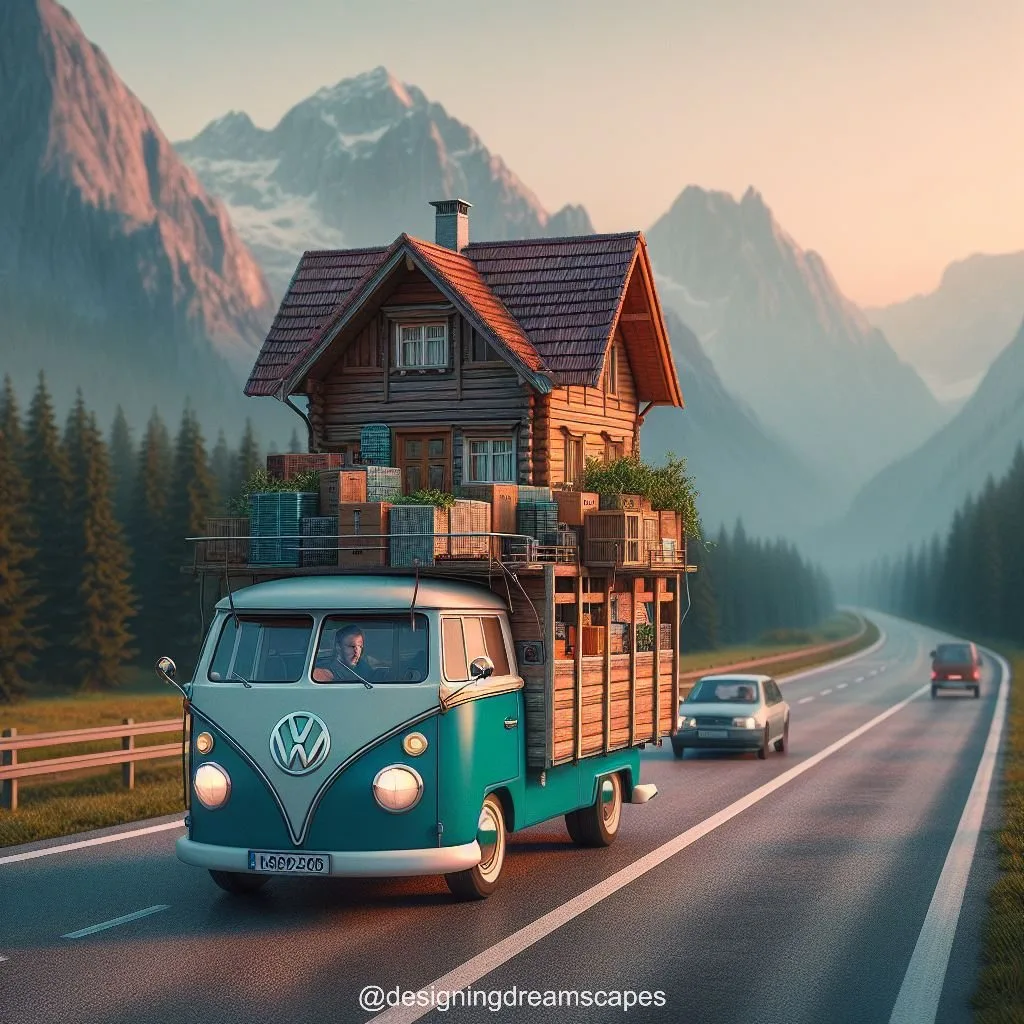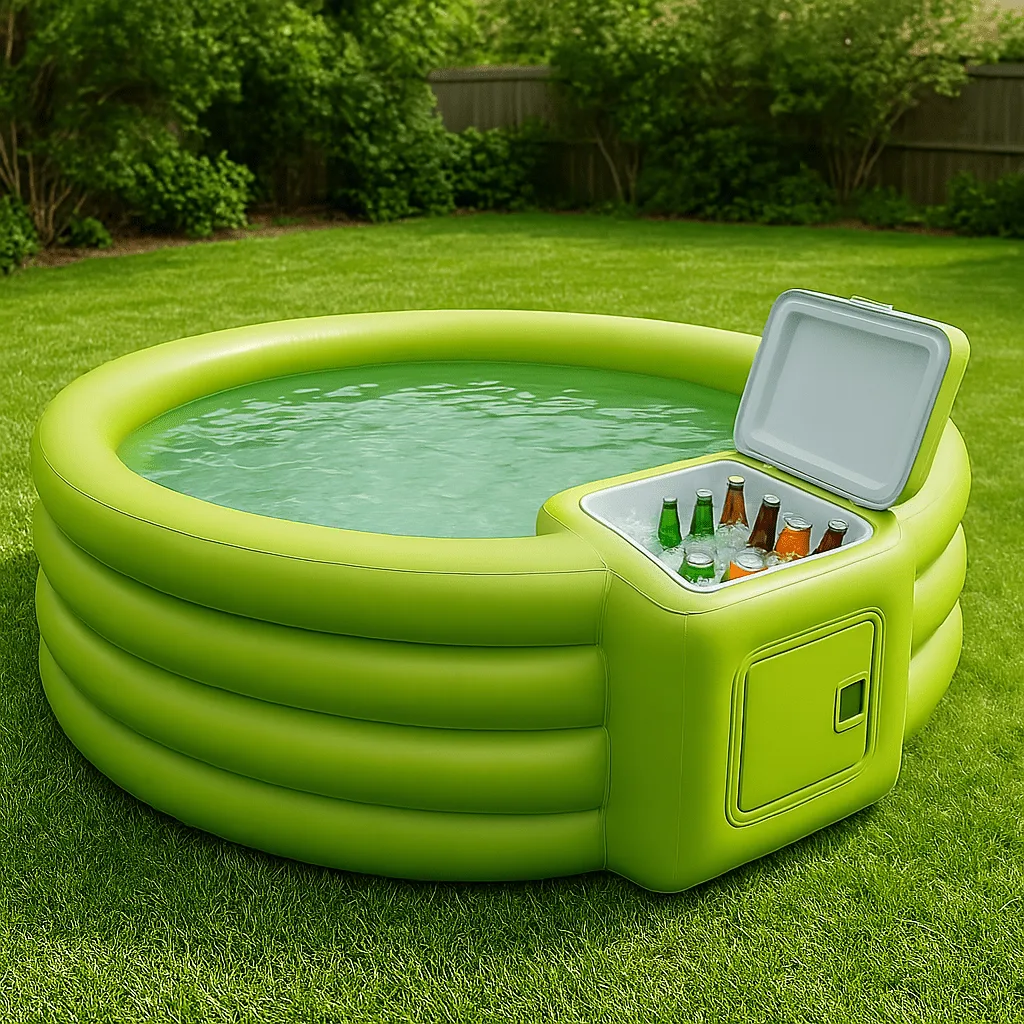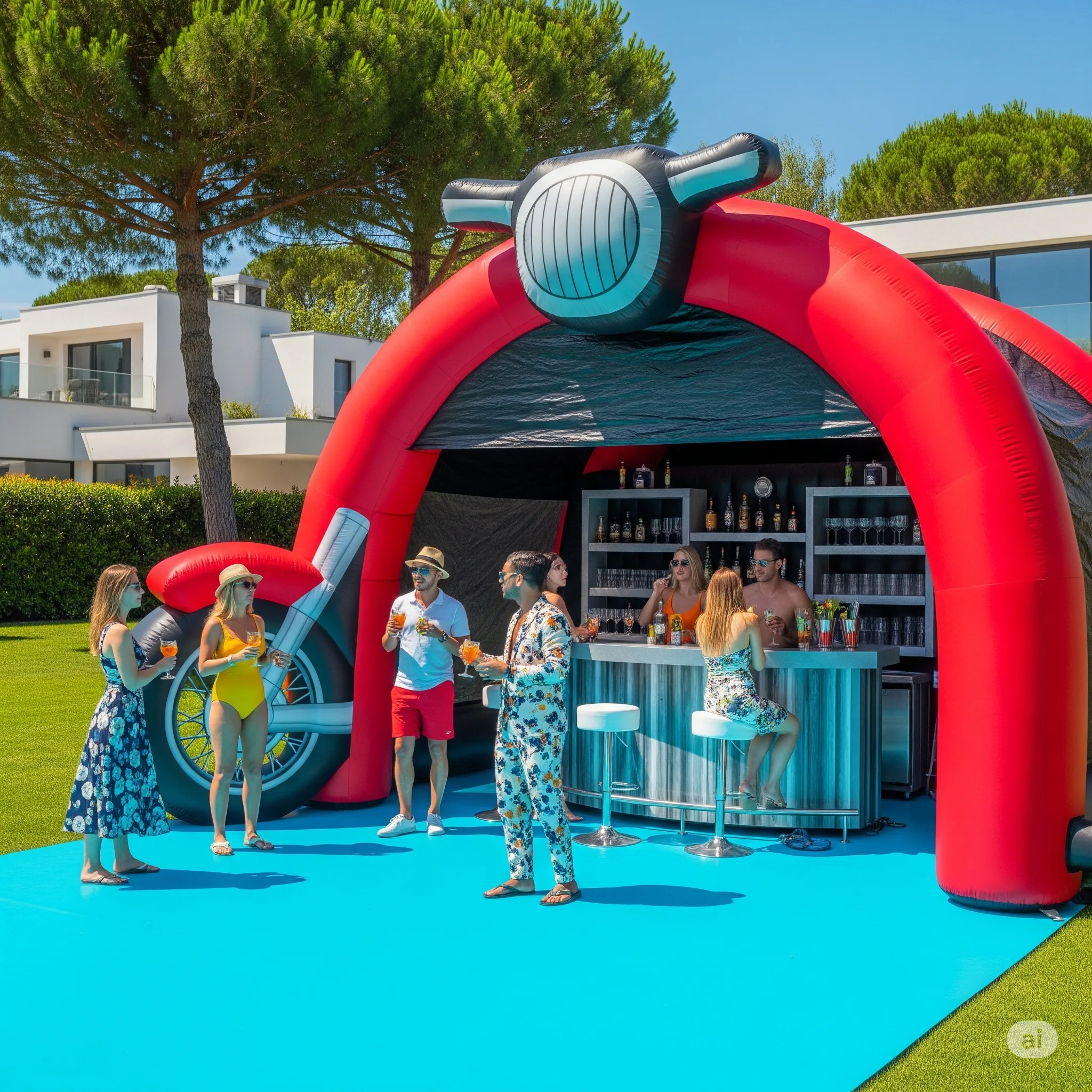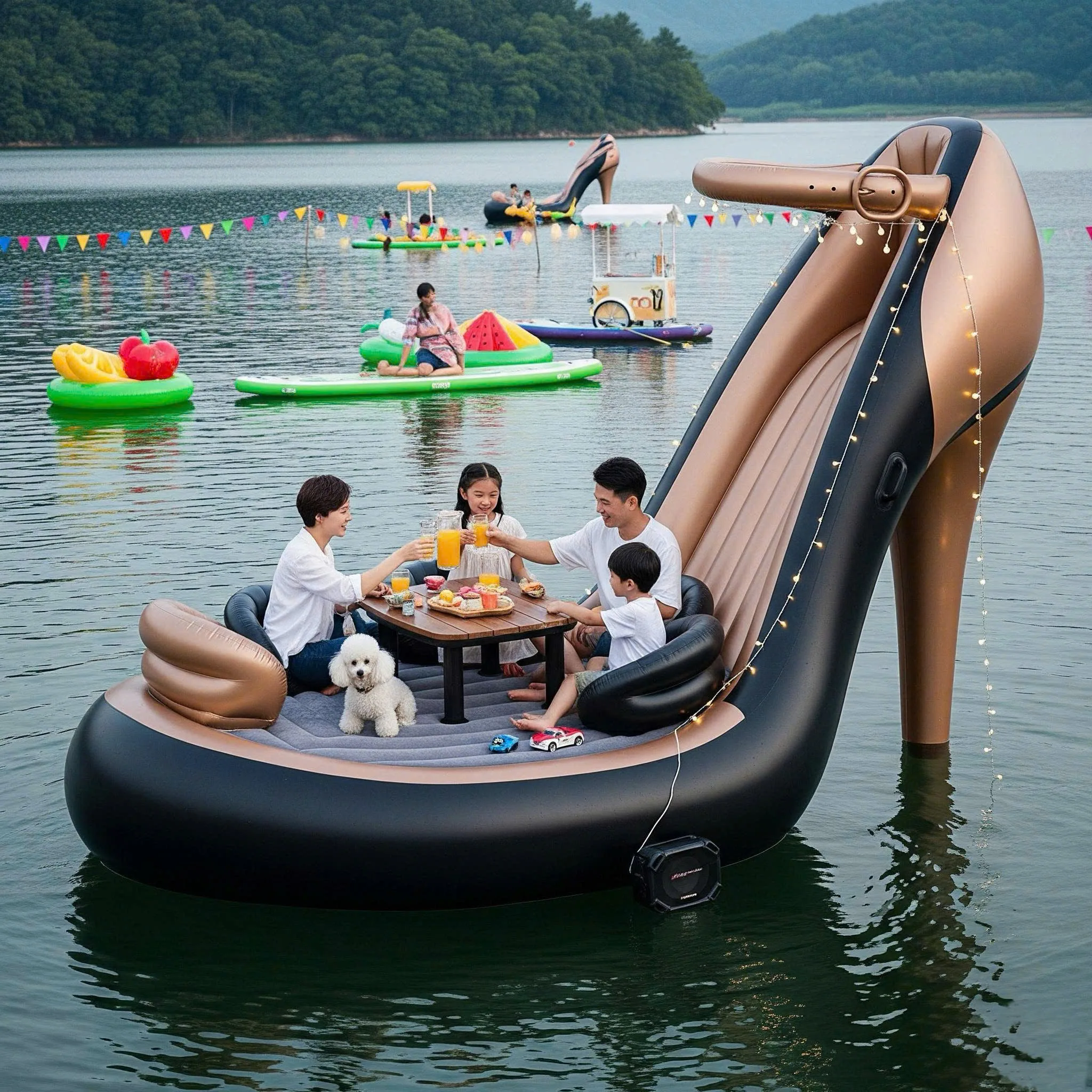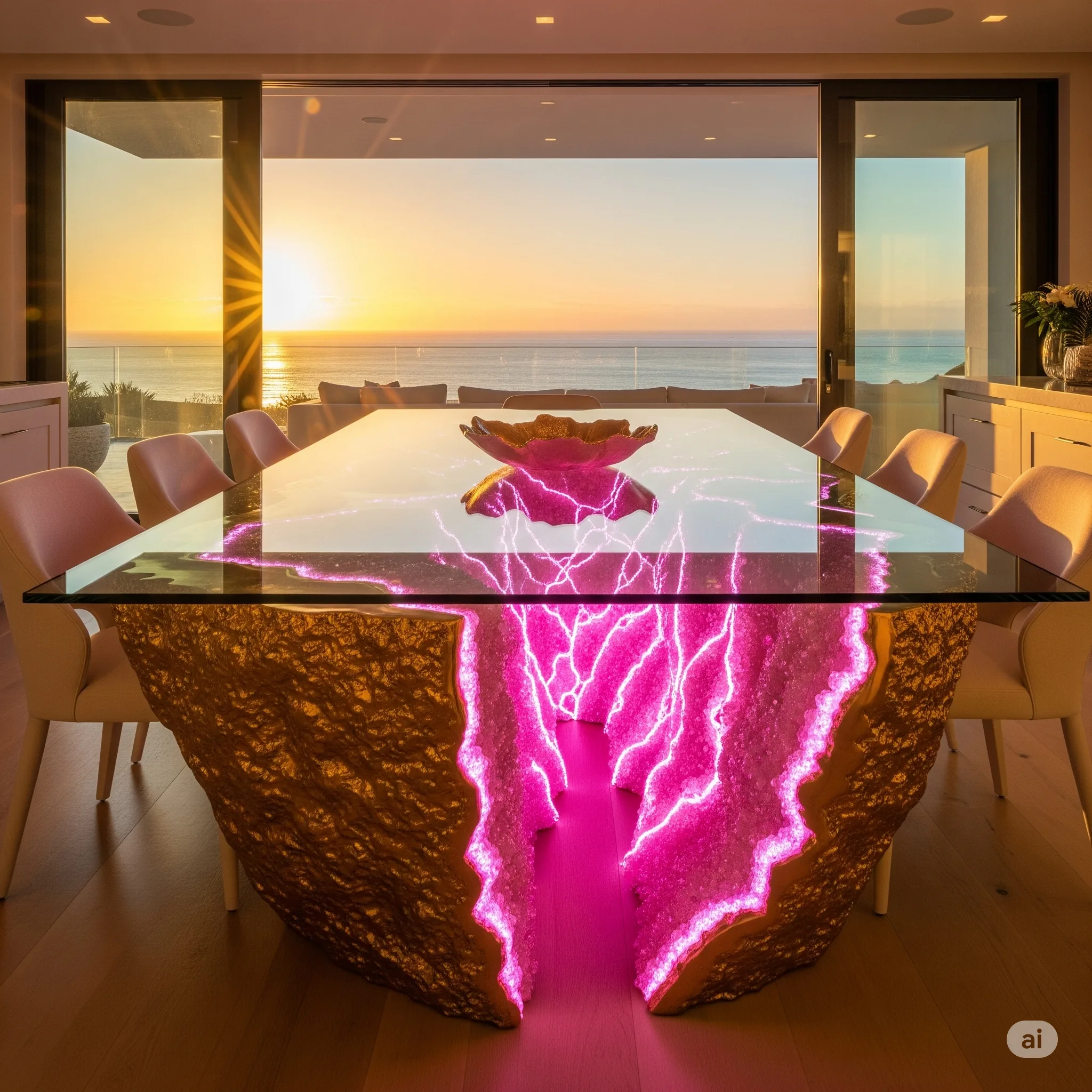Have you ever dreamed of living in a tiny house? What about a tiny house on wheels? And what if that tiny house was actually a vintage Volkswagen bus? Sounds like a dream come true, right? Well, it’s not just a dream anymore. With the rise of the tiny house movement and the popularity of van life, more and more people are converting old Volkswagen buses into their very own tiny homes on wheels. In this blog post, we will explore the world of Volkswagen bus tiny houses and everything you need to know about them.
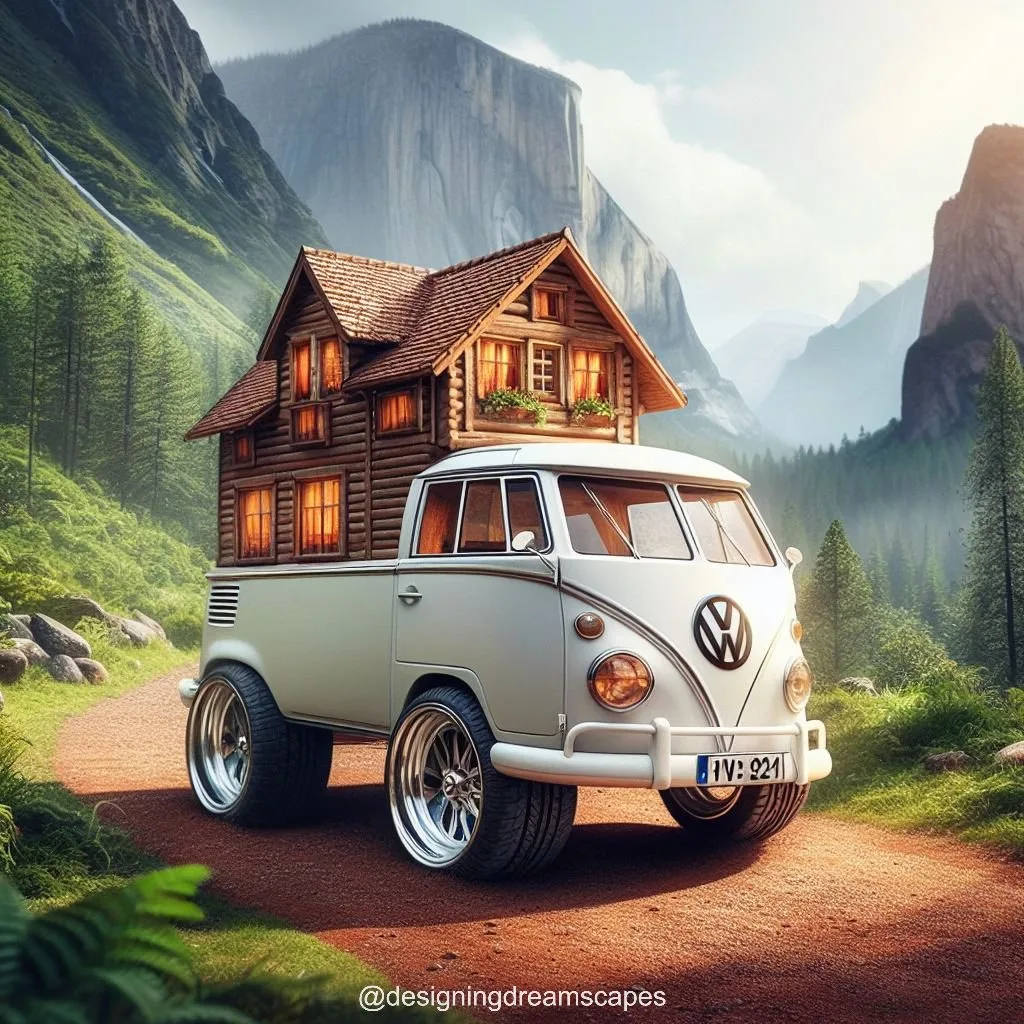
Contents
The History of Volkswagen Buses
Before we dive into the world of Volkswagen bus tiny house 🚌🏠, let’s take a trip down memory lane and learn a bit about the history of these iconic vehicles. The first Volkswagen bus, also known as the Type 2 or Transporter, was introduced in 1950 and quickly became a symbol of freedom and adventure. It was designed by Dutch businessman Ben Pon, who was inspired by the design of a horse-drawn carriage with a flatbed. The bus was originally intended for commercial use, but it soon became popular among families and travelers.
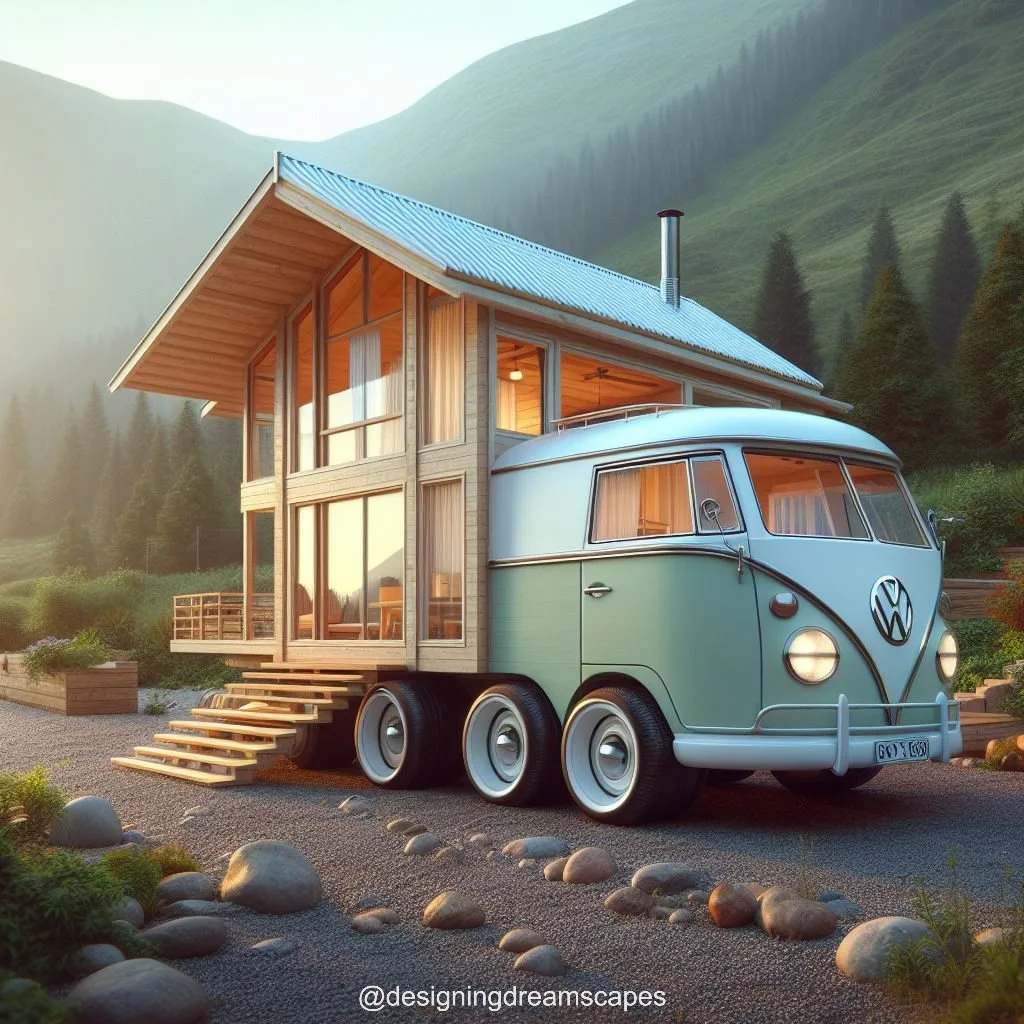
Over the years, the Volkswagen bus went through various changes and updates, but it remained a beloved vehicle among its fans. In 1967, the second generation of the bus was introduced, which featured a larger engine and a more spacious interior. This version is often referred to as the “Bay Window” bus due to its large front windshield. In 1979, the third generation of the bus, known as the “Vanagon,” was released with a more modern design and improved features. However, production of the Volkswagen bus eventually came to an end in 2013.
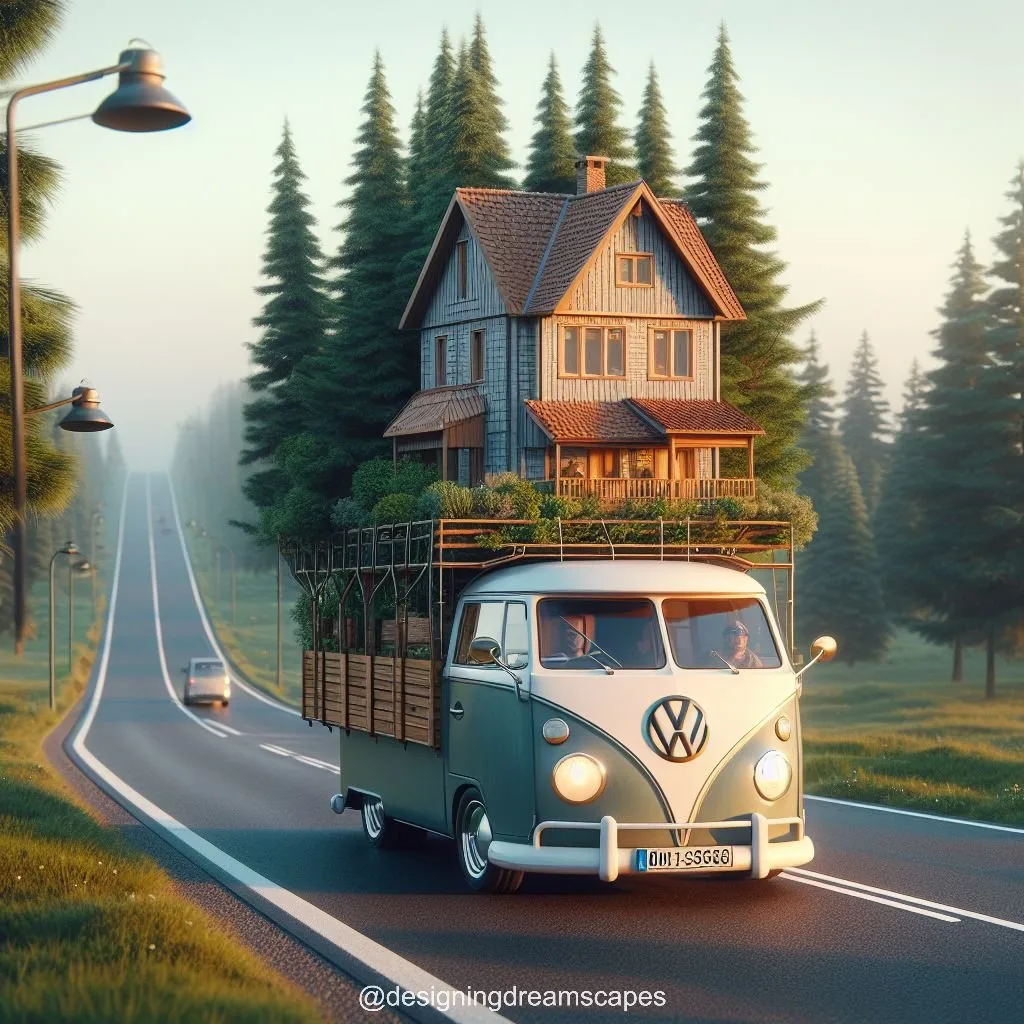
The Rise of Volkswagen Bus Tiny Houses
While the production of new Volkswagen buses may have ended, their popularity has not. In recent years, there has been a growing trend of converting old Volkswagen buses into tiny houses on wheels. This trend is a perfect combination of the nostalgia and charm of the classic bus and the practicality and freedom of tiny house living.

Why Choose a Volkswagen Bus Tiny House?
There are many reasons why people choose to convert a Volkswagen bus into a tiny house instead of building one from scratch. Here are just a few:
Affordability
One of the main reasons people opt for a Volkswagen bus tiny house is because it is more affordable than building a traditional tiny house. The cost of purchasing an old Volkswagen bus and converting it into a tiny house is significantly lower than buying or building a traditional tiny house.

Mobility
Another advantage of a Volkswagen bus tiny house is its mobility. Unlike traditional tiny houses, which are often built on a trailer, a Volkswagen bus can be driven anywhere you want to go. This gives you the freedom to travel and explore while still having a comfortable and familiar place to call home.
Unique Design
Let’s face it, there’s nothing quite like a Volkswagen bus. Its iconic design and retro charm make it stand out from the crowd. Converting a bus into a tiny house allows you to keep that unique design and incorporate it into your living space.

Things to Consider Before Converting a Volkswagen Bus into a Tiny House
While the idea of living in a Volkswagen bus tiny house may seem appealing, there are some things you need to consider before embarking on this project. Here are a few important factors to keep in mind:
Space Limitations
As with any tiny house, space is limited in a Volkswagen bus. You will have to get creative with your storage solutions and make the most of every inch of space. It’s also important to keep in mind that the bus will still need to function as a vehicle, so you can’t completely fill it with furniture and belongings.
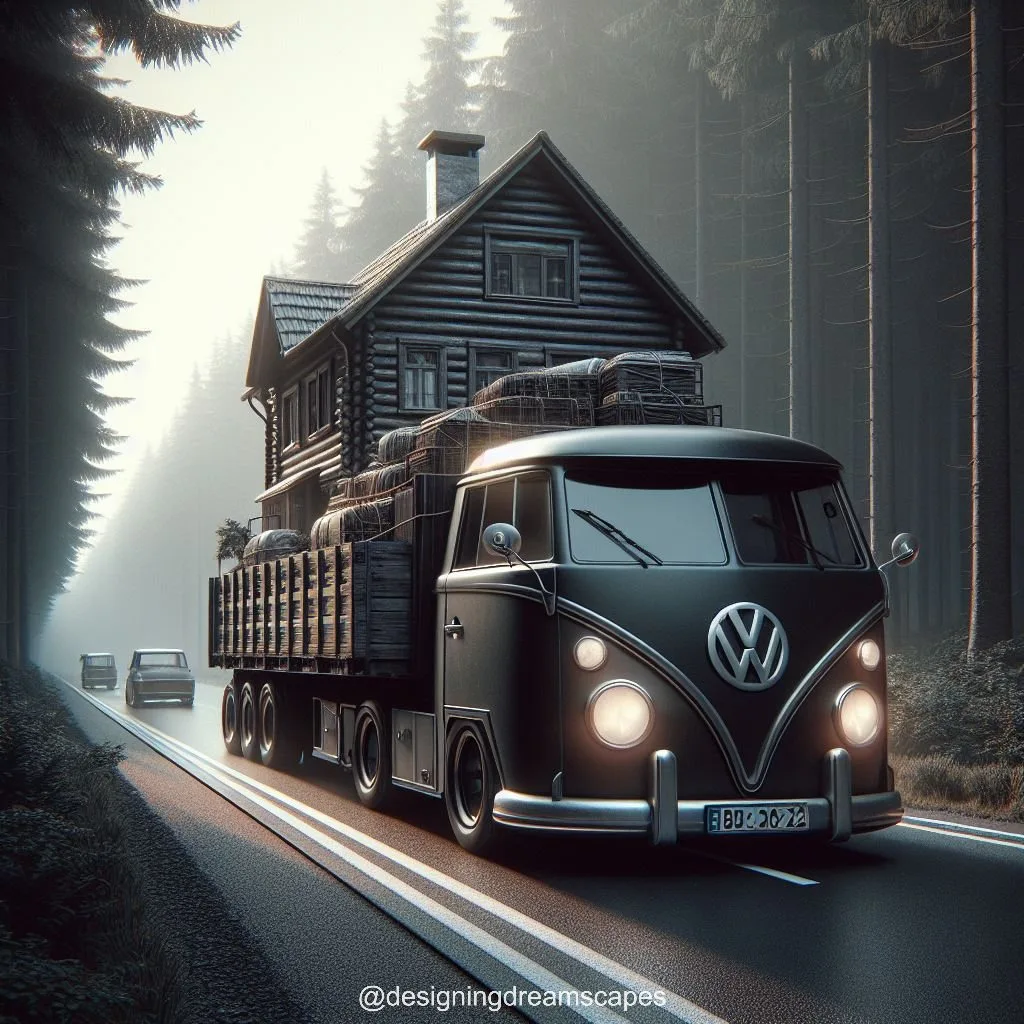
Maintenance and Upkeep
Older Volkswagen buses may require more maintenance and upkeep compared to newer vehicles. It’s important to thoroughly inspect the bus before purchasing it and make sure it is in good condition. You should also be prepared for regular maintenance and repairs as needed.
Legal Considerations
Before hitting the road with your Volkswagen bus tiny house, it’s important to make sure it is legally allowed on the roads. Depending on where you live, there may be restrictions or regulations regarding the use of converted vehicles as living spaces. It’s always best to do your research and make sure you are following all laws and regulations.
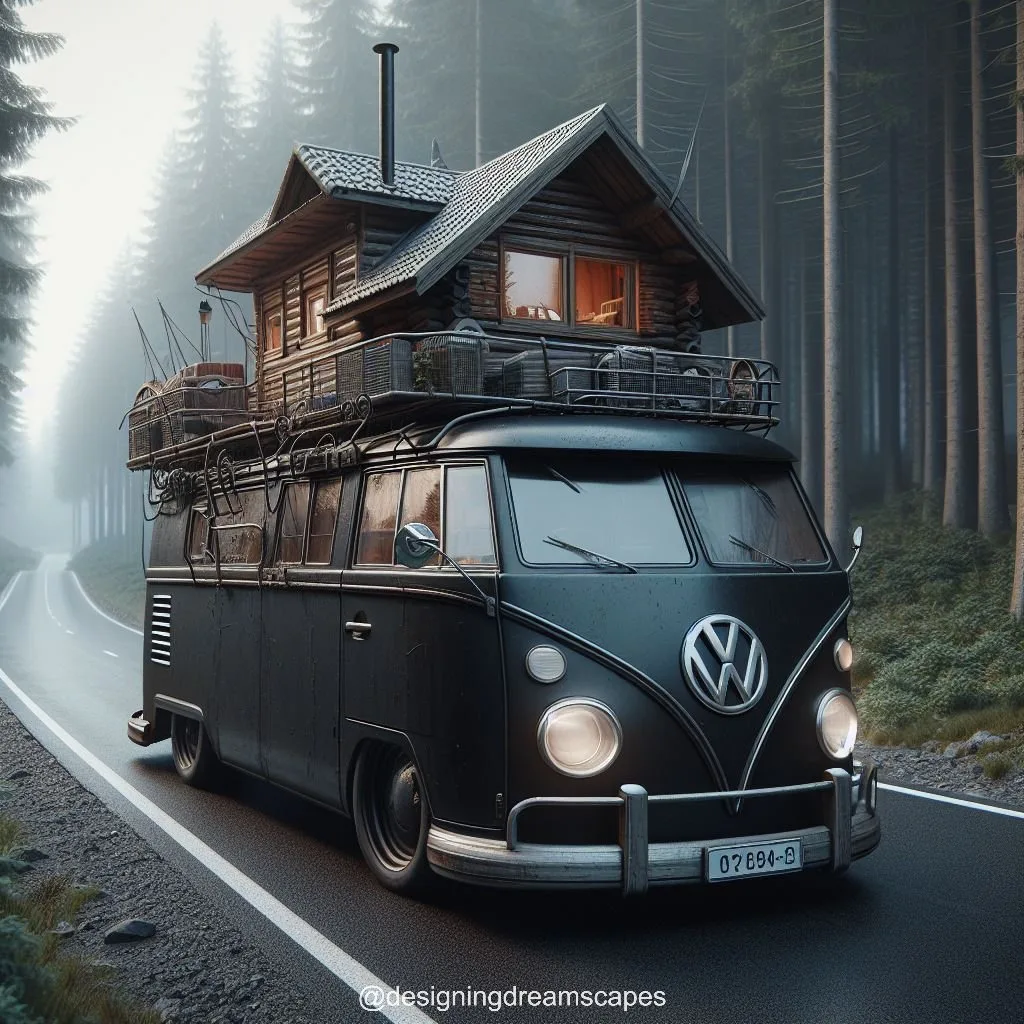
How to Convert a Volkswagen Bus into a Tiny House
Now that you’ve decided to convert a Volkswagen bus into a tiny house, let’s take a look at the steps involved in this process.
Step 1: Find the Right Bus
The first step in converting a Volkswagen bus into a tiny house is finding the right bus. You can search for old buses online or check local classifieds. It’s important to thoroughly inspect the bus before purchasing it and make sure it is in good condition. Look for any signs of rust, leaks, or mechanical issues.
Step 2: Plan Your Layout
Once you have your bus, it’s time to start planning your layout. Keep in mind the limited space and make sure to include all the essential features you want in your tiny house. This could include a bed, kitchenette, bathroom, and storage space. You can also get creative with multi-functional furniture to maximize the use of space.
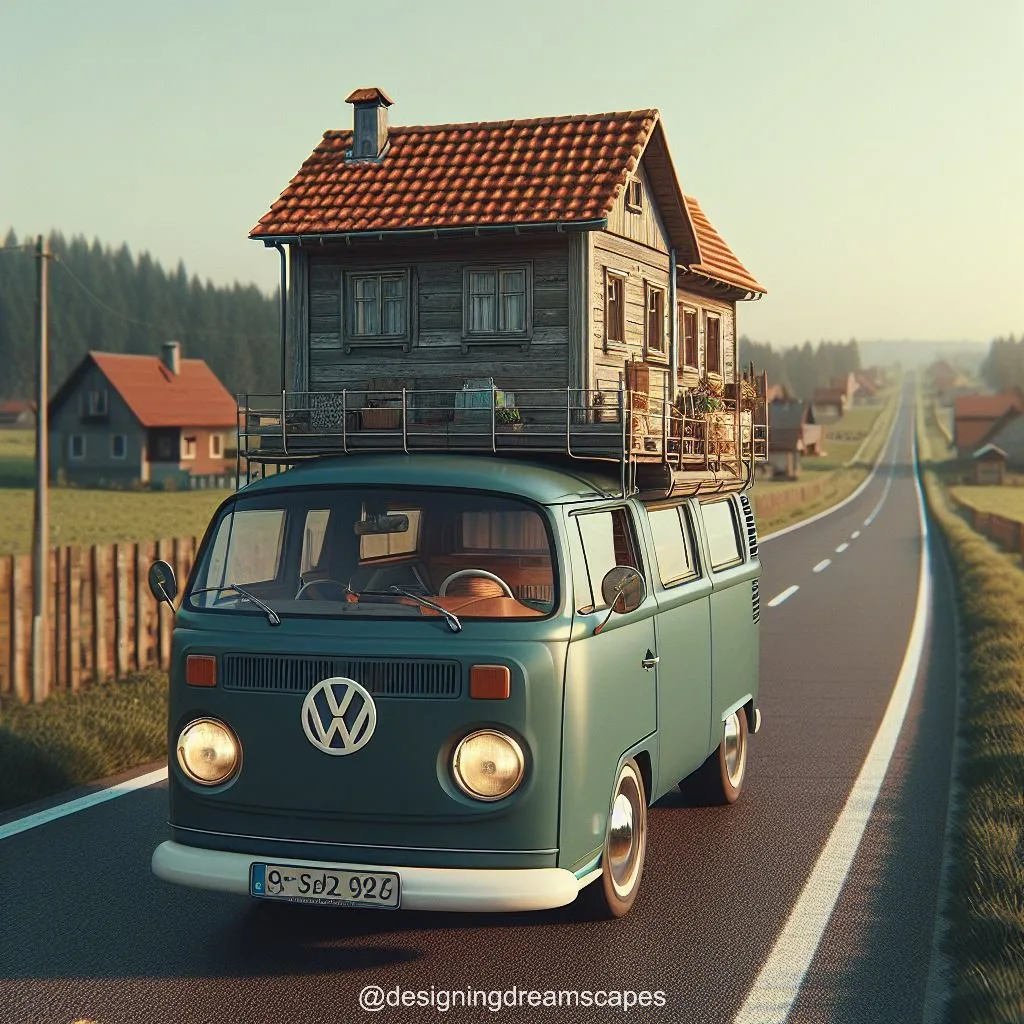
Step 3: Insulate and Install Flooring
Insulating your bus is crucial for comfortable living in all seasons. You can use spray foam insulation or rigid foam boards to insulate the walls and ceiling. After insulating, you can install your flooring of choice. Many people opt for vinyl or laminate flooring as it is easy to clean and durable.
Step 4: Build Your Interior
This is where the fun begins! You can now start building your interior according to your layout plan. This could include installing cabinets, a bed frame, and any other furniture you want in your tiny house. It’s important to secure everything properly to ensure it stays in place while driving.

Step 5: Install Plumbing and Electrical Systems
Next, you will need to install your plumbing and electrical systems. This includes installing a water tank, sink, and shower for your bathroom, as well as wiring for lights and outlets. If you are not familiar with these systems, it’s best to hire a professional to ensure they are installed correctly and safely.
Step 6: Add Finishing Touches
The final step is to add the finishing touches to your Volkswagen bus tiny house. This could include painting the interior, adding curtains or blinds for privacy, and decorating with personal touches to make it feel like home.

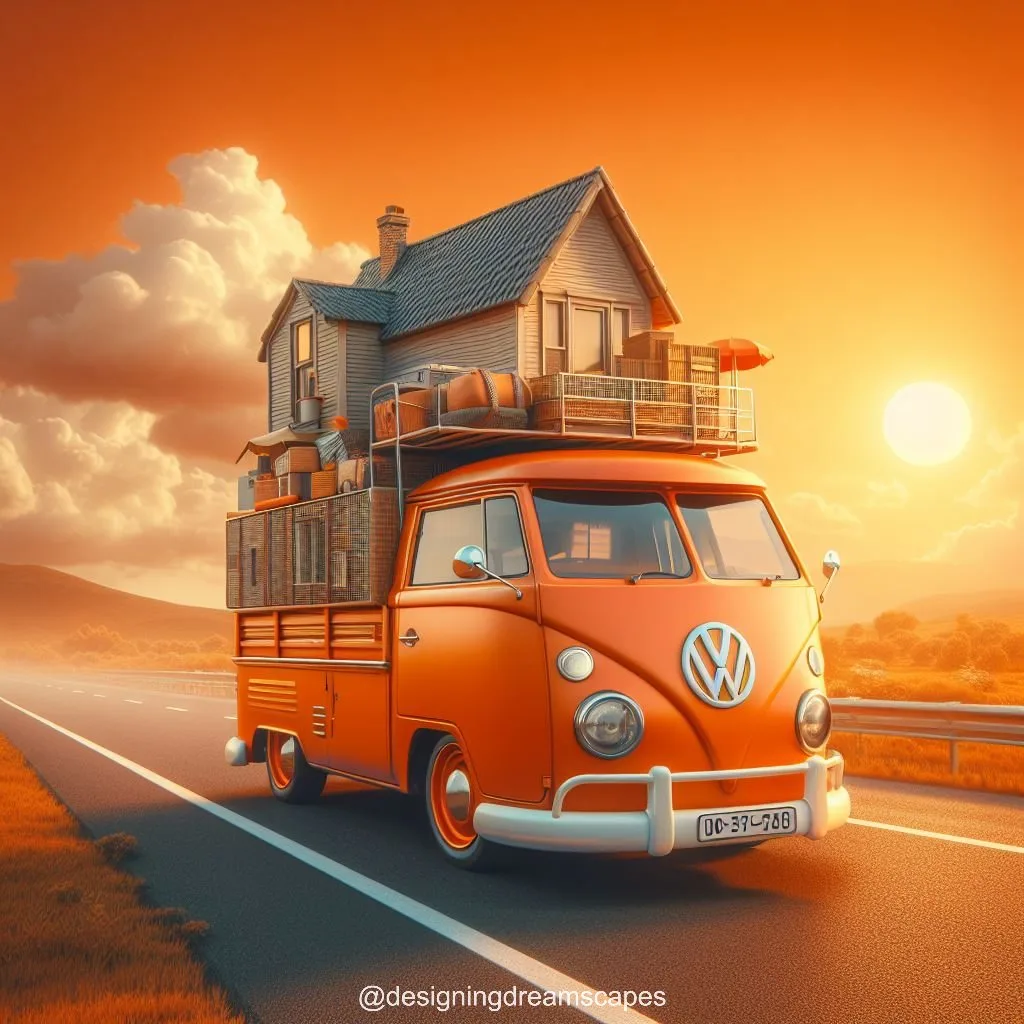
Pros and Cons of Living in a Volkswagen Bus Tiny House
As with any living situation, there are pros and cons to consider before choosing to live in a Volkswagen bus tiny house. Here are a few to keep in mind:
Pros
- Affordability: As mentioned earlier, converting a Volkswagen bus into a tiny house is more affordable than building a traditional tiny house.
- Mobility: The ability to travel and explore while still having a comfortable and familiar place to call home is a major advantage of a Volkswagen bus tiny house.
- Unique Design: The iconic design of a Volkswagen bus makes it stand out from the crowd and adds a unique touch to your living space.
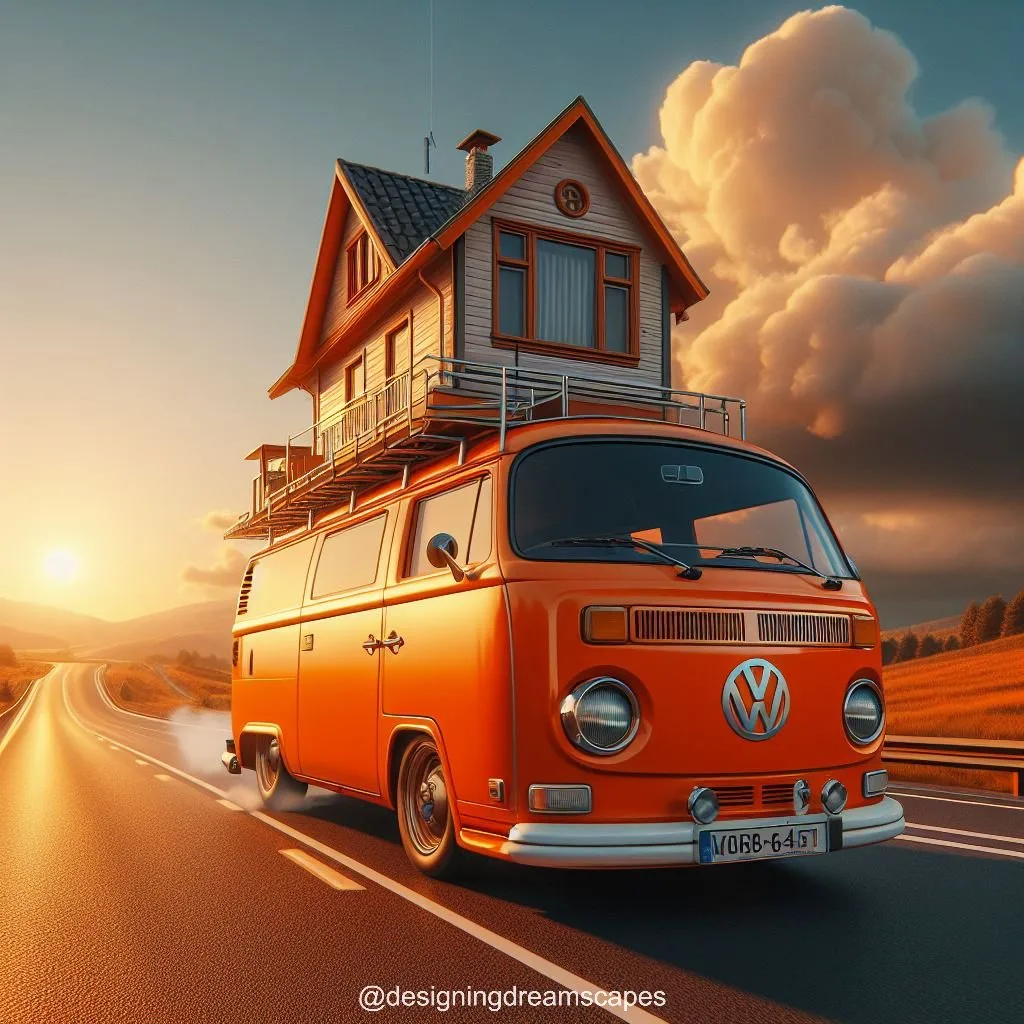
Cons
- Limited Space: The limited space in a Volkswagen bus means you will have to get creative with storage solutions and may not be able to bring all of your belongings with you.
- Maintenance and Upkeep: Older buses may require more maintenance and repairs compared to newer vehicles.
- Legal Considerations: It’s important to make sure your converted bus is legally allowed on the roads and that you are following all laws and regulations.
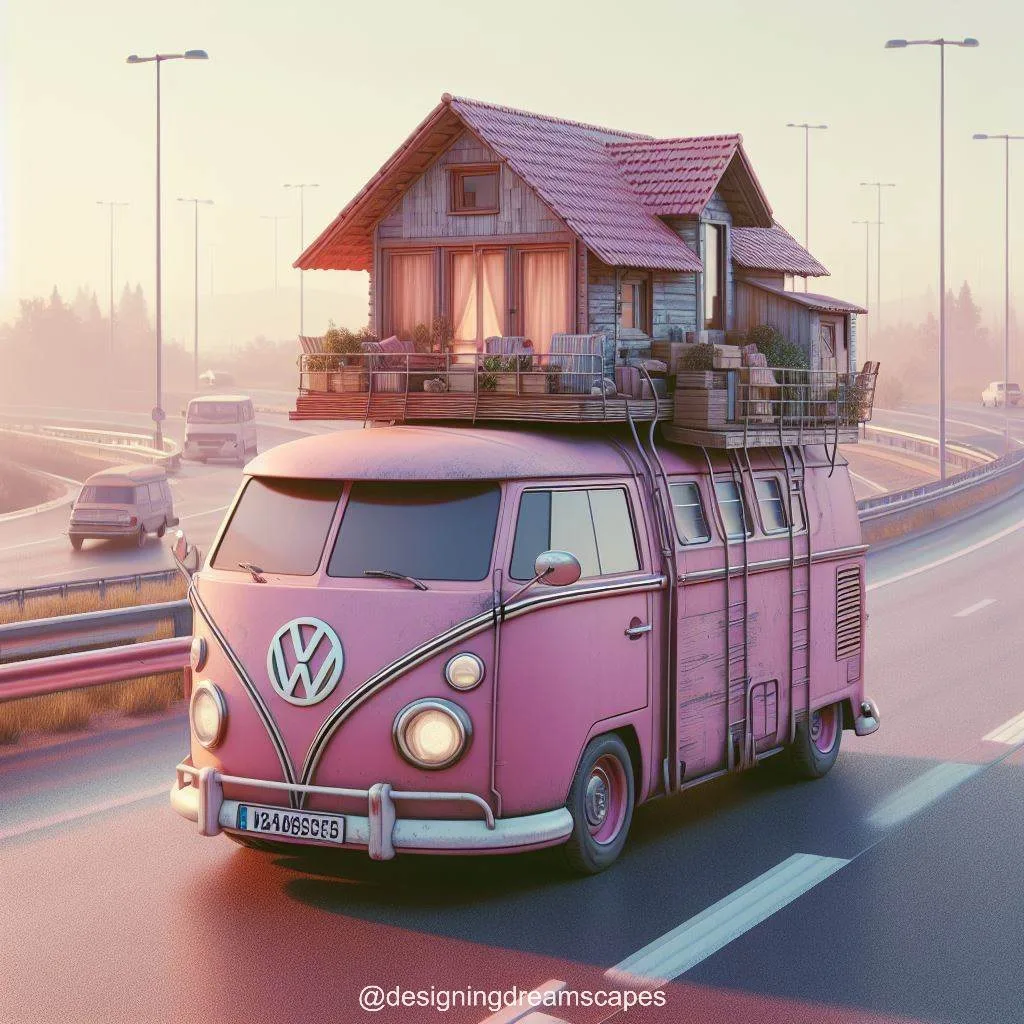
Conclusion
In conclusion, a Volkswagen bus tiny house is a unique and affordable way to live the tiny house lifestyle. It allows you to combine the nostalgia and charm of a classic vehicle with the practicality and freedom of tiny house living. However, it’s important to carefully consider all factors before embarking on this project and make sure it is the right choice for you. With proper planning and execution, a Volkswagen bus tiny house can be a cozy and comfortable home on wheels.
